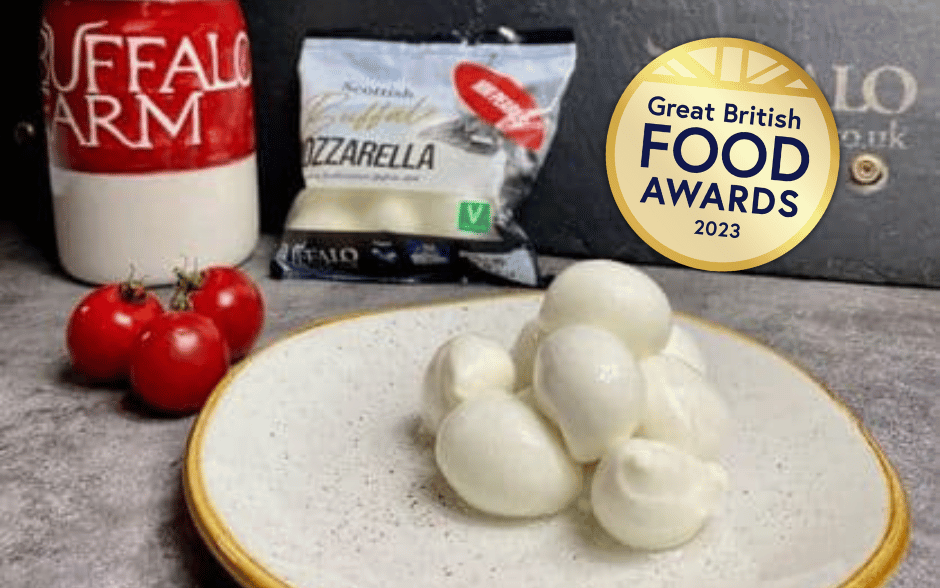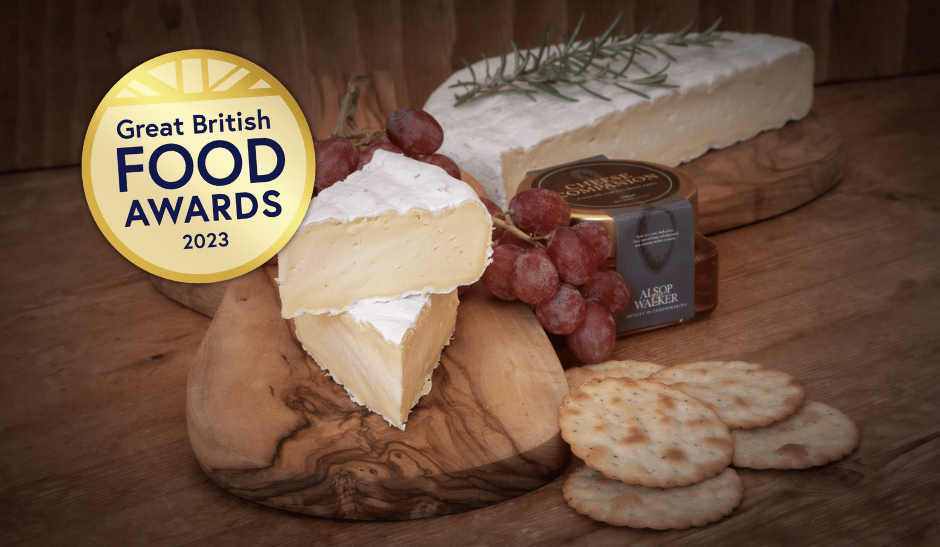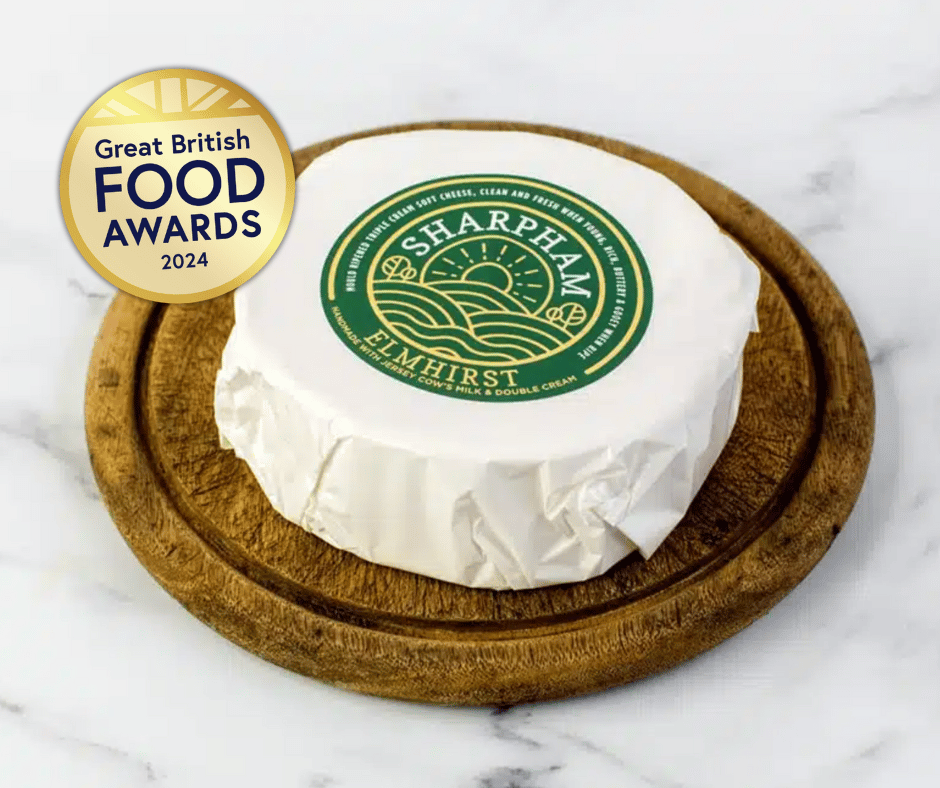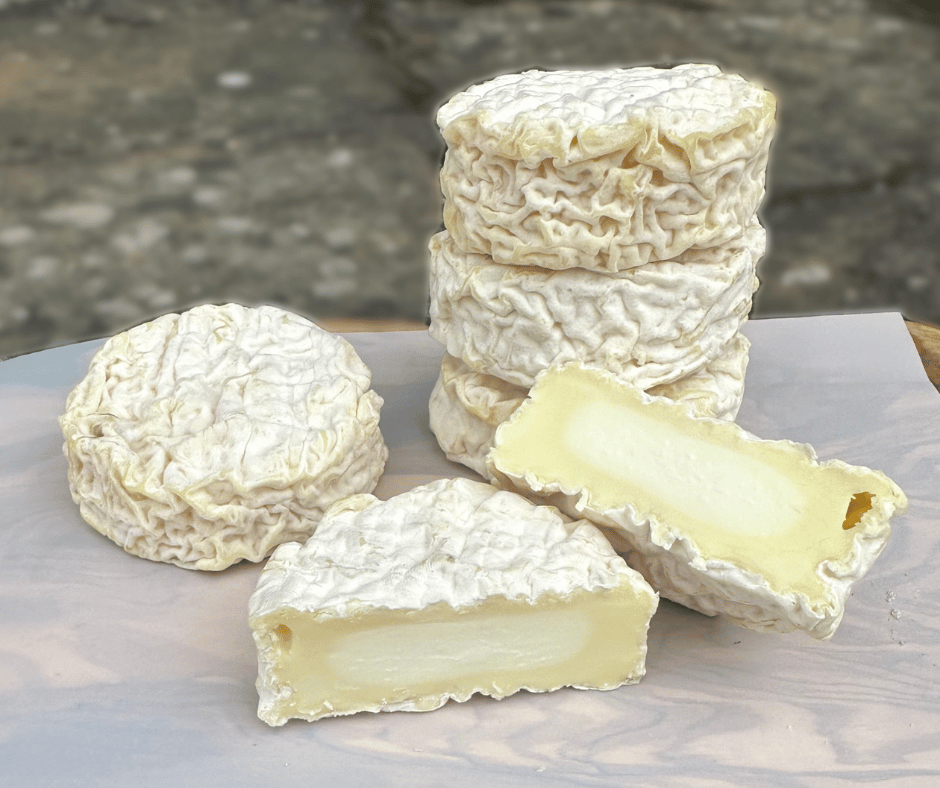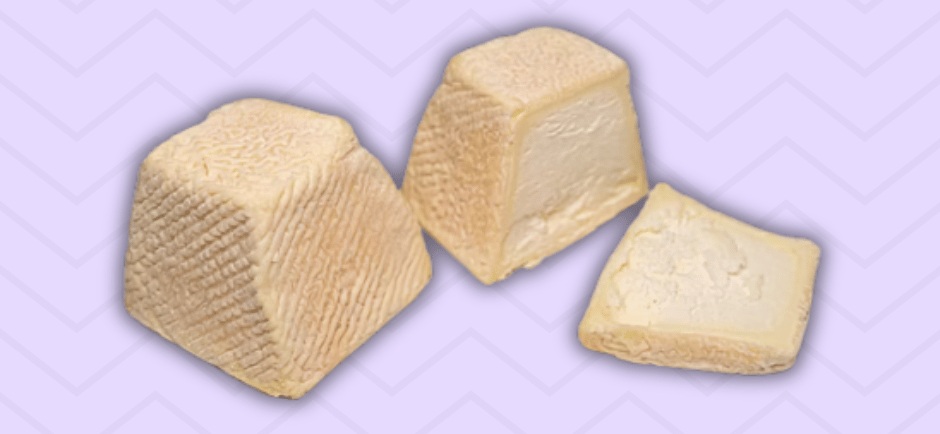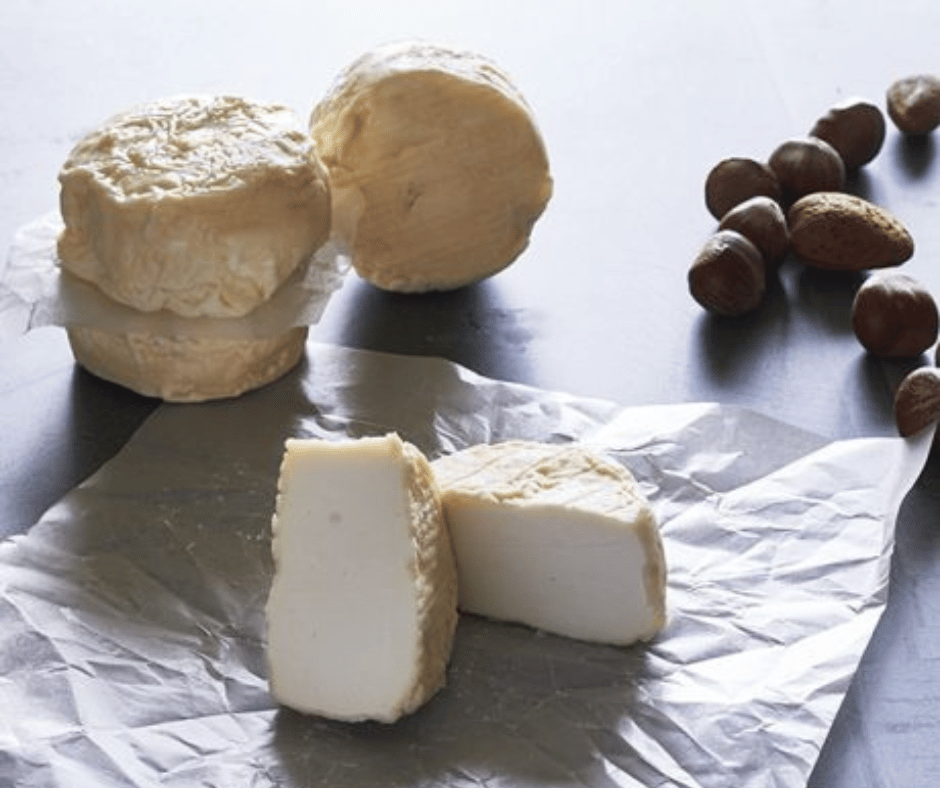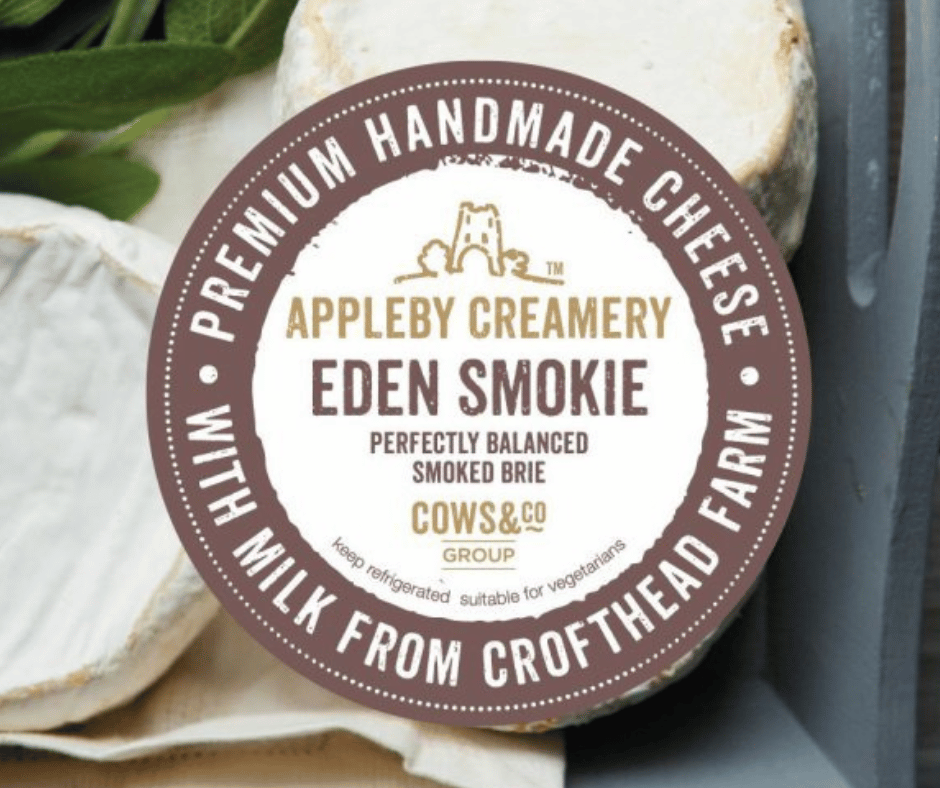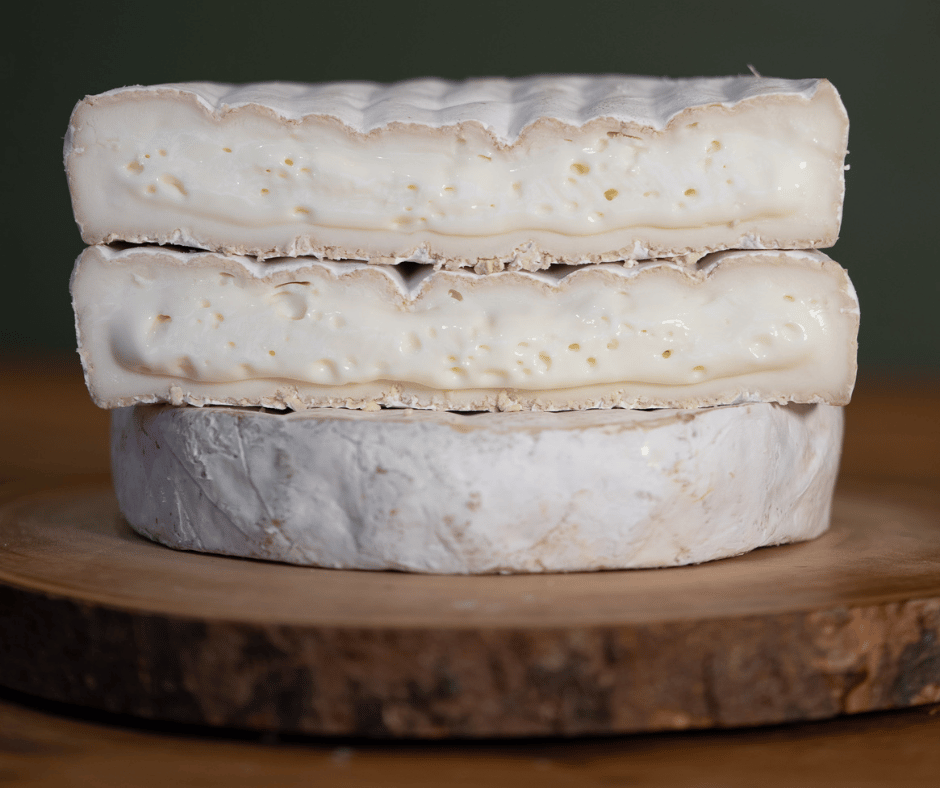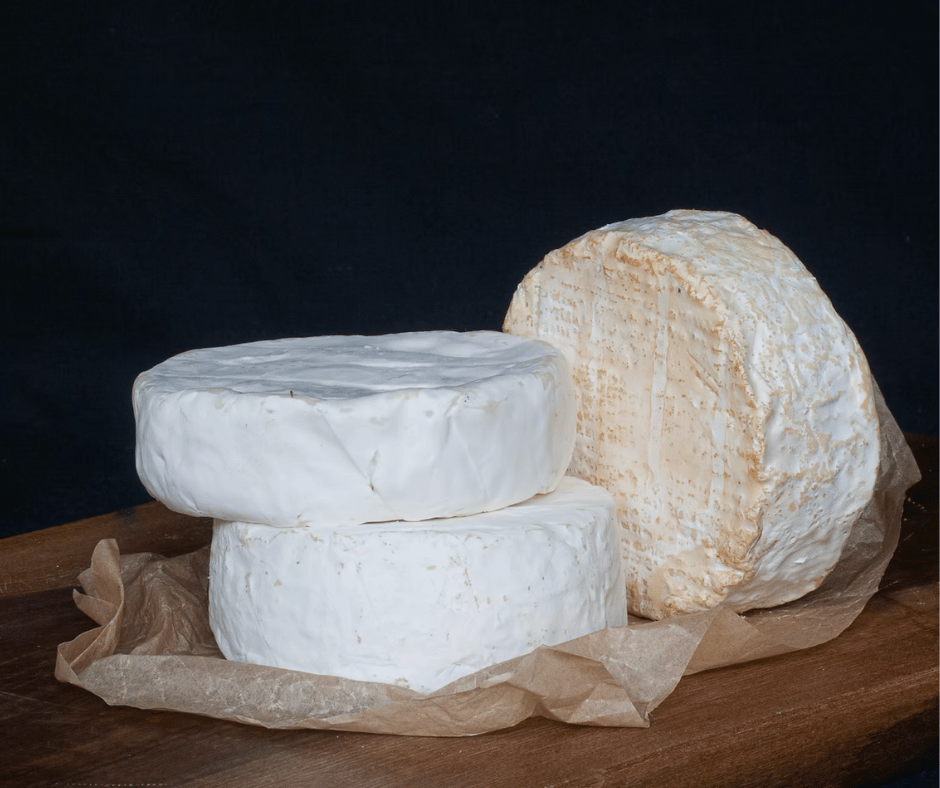Cheese, glorious cheese! As a beloved staple in British cuisine, a whopping 94% of us Brits have cheese in our fridges right now, according to Dairy UK. While we all know cheddar is a national icon (it makes up more than half of the country’s cheese sales, after all), soft cheese is certainly a firm favourite.
Whether it’s creamy goat’s cheese or oozing brie-style varieties, we’re lucky here in the UK that artisan British cheesemakers have mastered the art of producing the most delicious, creamiest curds you could dream of.
When it comes to eating them, Andy Swinscoe, owner of The Courtyard Dairy, says to keep it simple. “Warm crusty bread, cracked black pepper, crisp salad (romaine or little gem is great).” Pour yourself a glass of British cider or an oaked Chardonnay and, he says, “If it’s a good cheese, let it sing by itself.”
What is soft cheese?
Without getting into curd-nerd levels of detail, soft cheese simply has a higher moisture content than hard cheese (think brie versus cheddar).
These cheeses have a wide range of flavours. With a younger variety, you might enjoy a fresh, milky flavour. More mature soft cheeses can develop vegetal tones, explains Jen Grimstone-Jones, cheesemonger at Cheese Etc, The Pangbourne Cheese Shop. As with any cheese, the milk you use can also influence the flavour.
Seasonality also plays a role in soft cheeses, Jen says. Some varieties are only available during certain times of the year.
The most famous seasonal soft cheese is likely Vacherin Mont-d'Or PDO. Producers only make it between 15th August and 15th March, and only sell it between 10th September and 10th May. This is to preserve the traditional production techniques.
“One of our amazing British cheesemakers, Jonny Crickmore at Fen Farm Dairy in Suffolk, is also making a seasonal cheese called Rædwald. This is a washed-rind soft cheese, modelled on a French Reblochon PDO, and it is only made in the winter.” Jen says.
A potted history of soft cheese
Traditionally, soft cheeses developed around cities, where people could easily sell them at market. “In the days before refrigeration and fast transport, softer, unstable cheese needed to be made close to a big population,” explains Andy. “Brie is actually a region around Paris.”
While Britain does have a soft cheesemaking history – Andy notes that in Nottingham, varieties called Colwick and Slipcote were made, while York Soft was produced in (you guessed it!) York – these died out in the 1900s. Today, however, cheesemakers are reviving this rich history with a new batch of homegrown soft cheeses.
Although there are plenty of different styles, there are three main types of soft cheese, Andy says.
The three main types of soft cheese
- White-rinded cheeses, like brie and camembert. These originated in Northern France and are known for their flavours that range from buttery to mushroomy, brassica and garlicky.
- Washed-rind cheeses, like Epoisses, Stinking Bishop and Vacherin. Traditionally, these cheeses were from Central France, where cheesemakers ‘washed’ the rind so it formed a pinky-orange coloured bacteria. This gives the cheeses a more pungent, savoury, even 'meaty' flavour.
- ‘Lactic cheeses’, often associated with goat’s milk. These wrinkly cheeses have a fresh, clean acidic core, but they break down to become herbaceous and rich.
How do you make soft cheese?
You can use a variety of different types of milk to make soft cheeses, from cow’s to goat’s to even water buffalo’s milk. But whatever milk you use, Jen says the cheesemaking process remains fairly similar.
To make a soft cheese – in broad terms – you take a vat of milk and add in starter cultures and rennet, Jen says.
“The starter cultures are mostly lactic acid bacteria. These are going to convert the lactose in the milk (the sugar) into lactic acid via fermentation,” she continues. This stage is what influences the final flavour and texture of the cheese.
When you add rennet, an enzyme, into the vat, the milk begins to become more solid. “The cheesemaker will then cut the curd into fairly large pieces. This will allow some of the whey to be released. You then carefully ladle the curd into moulds for drainage.”
From here, cheesemakers can add salt directly to the surface of the cheese, which is mostly there to act as a preservative. They can then mature the cheese for a few days or weeks, depending on the desired flavour.
Is soft cheese healthy?
Each type of cheese has a unique nutritional profile, but some soft cheeses have high protein (like ricotta or cottage cheese). Others, such as mozzarella, boast benefits like lower salt content.
Can you freeze soft cheese?
Soft cheeses that contain a lot of moisture don’t freeze particularly well. Be ready for the taste and texture to change slightly if you’ve frozen your soft cheese.
It’s a good idea only to freeze soft cheeses when you plan to use them in cooking after thawing – but even then, to get the best from your cheeses, eat them when they’re fresh.
Best British soft cheeses to try
Ready to expand your cheesy horizons? Explore our list of some of the best soft cheeses made in Britain…

